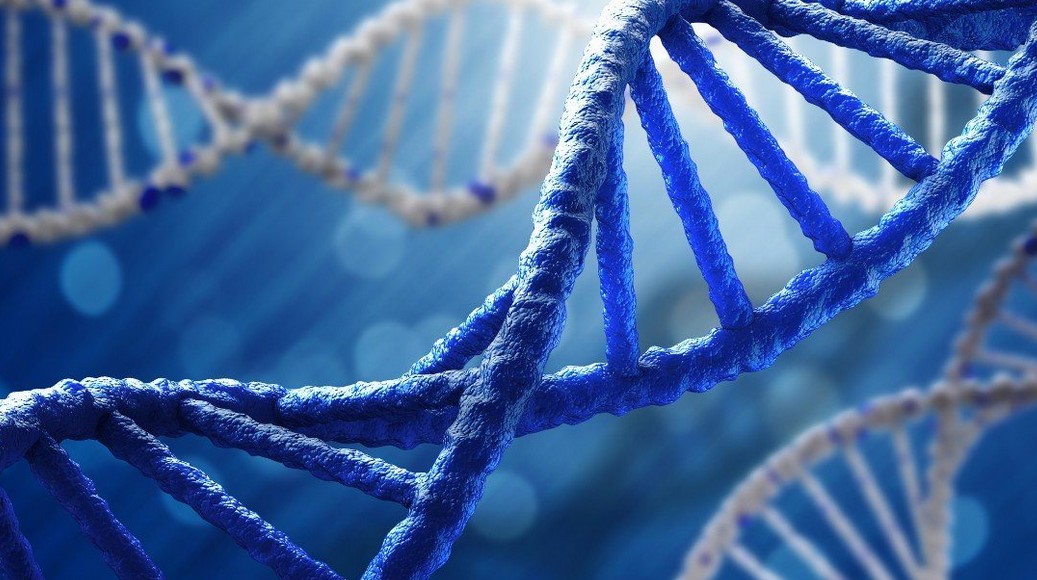David Duffy, a wildlife geneticist at the University of Florida, just wanted a better way to track disease in sea turtles. Then he started finding human DNA everywhere he looked. Over the last decade, wildlife researchers have refined techniques for recovering environmental DNA, or eDNA — trace amounts of genetic material that all living things leave behind. A powerful and inexpensive tool for ecologists, eDNA is all over — floating in the air, or lingering in water, snow, honey and even your cup of tea. Researchers have used the method to detect invasive species before they take over, to track vulnerable or secretive wildlife populations and even to rediscover species thought to be extinct. The eDNA technology is also used in wastewater surveillance systems to monitor Covid and other pathogens.
https://www.activistpost.com/2023/05/your-dna-can-now-be-pulled-out-of-thin-air.html
https://www.activistpost.com/2023/05/your-dna-can-now-be-pulled-out-of-thin-air.html
David Duffy, a wildlife geneticist at the University of Florida, just wanted a better way to track disease in sea turtles. Then he started finding human DNA everywhere he looked. Over the last decade, wildlife researchers have refined techniques for recovering environmental DNA, or eDNA — trace amounts of genetic material that all living things leave behind. A powerful and inexpensive tool for ecologists, eDNA is all over — floating in the air, or lingering in water, snow, honey and even your cup of tea. Researchers have used the method to detect invasive species before they take over, to track vulnerable or secretive wildlife populations and even to rediscover species thought to be extinct. The eDNA technology is also used in wastewater surveillance systems to monitor Covid and other pathogens.
https://www.activistpost.com/2023/05/your-dna-can-now-be-pulled-out-of-thin-air.html
0 Reacties
0 aandelen
2K Views
0 voorbeeld



